Whether you get used to a manual freezer or a more recent auto-defrost model, you may have slightly figured out the defrost cycle that your freezer has to go through. We have done our research to give you detailed explanations that would help you maintain one of the most important appliances in your kitchen.
All freezers that are frost-free and automatic defrost models would have a built-in defrost cycle incorporated into their system. Defrost cycle may occur as time scheduled (referred to as mechanical) or can occur as needed depending on the usage (adaptive type).
Having your freezer work at its best requires that you have an idea of how it functions. Continue reading to learn the basics and to answer each question you have about the defrost cycle.
NOTE: WE MAY GET A COMMISSION IF YOU DECIDE TO MAKE A PURCHASE THROUGH THESE LINKS. THERE'S ADDITIONAL NO COST TO YOU. CHECK THE BOTTOM OF THE PAGE FOR MORE INFORMATION.
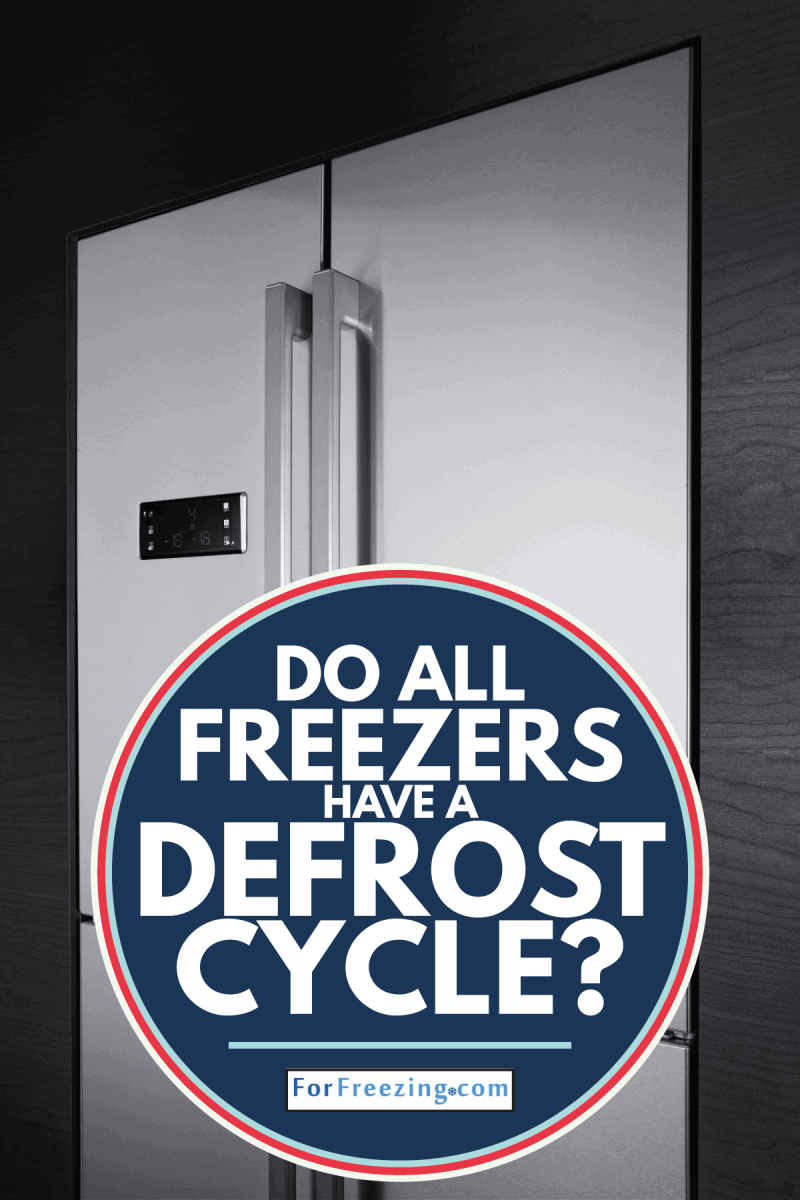
How does the defrost cycle start?
A defrost cycle starts when the heat coils in the evaporator are triggered—generally when the temperature within the evaporator compartment rises to above 32 degrees Fahrenheit. Once triggered, the heat coils emit heat into the evaporator, thereby melting the ice present.
The frequency of the defrost cycle depends on the type of defrost cycle built into your freezer. It can either be timed (mechanical type) or usage dependent (adaptive).
Mechanical defrost is pre-determined by the designed compressor run time. The defrost cycle will be timed in between. Some models would have a built-in defrost limiter thermostat that can turn off the heat coils once all the ice has been melted while the timer is still on the defrost phase. This prevents potential temperature build-up in the freezer chamber.
Adaptive defrost provides a more intelligent and less freezer burn option in the defrost cycle. The amount of food stored and the total usage including door opening determines how often the defrost cycle will be triggered. There is a program that senses when the defrosting needs to happen.
In both situations, the total duration of the defrost cycle can vary between 15 to 30 minutes. Since the freezer remains closed while defrosting, the food stored inside is not compromised. There may be a slight elevation of the temperature but once defrost is finished, the temperature drops back to the freezer specification.
To understand 'defrost', we must first learn how the 'frost' happens
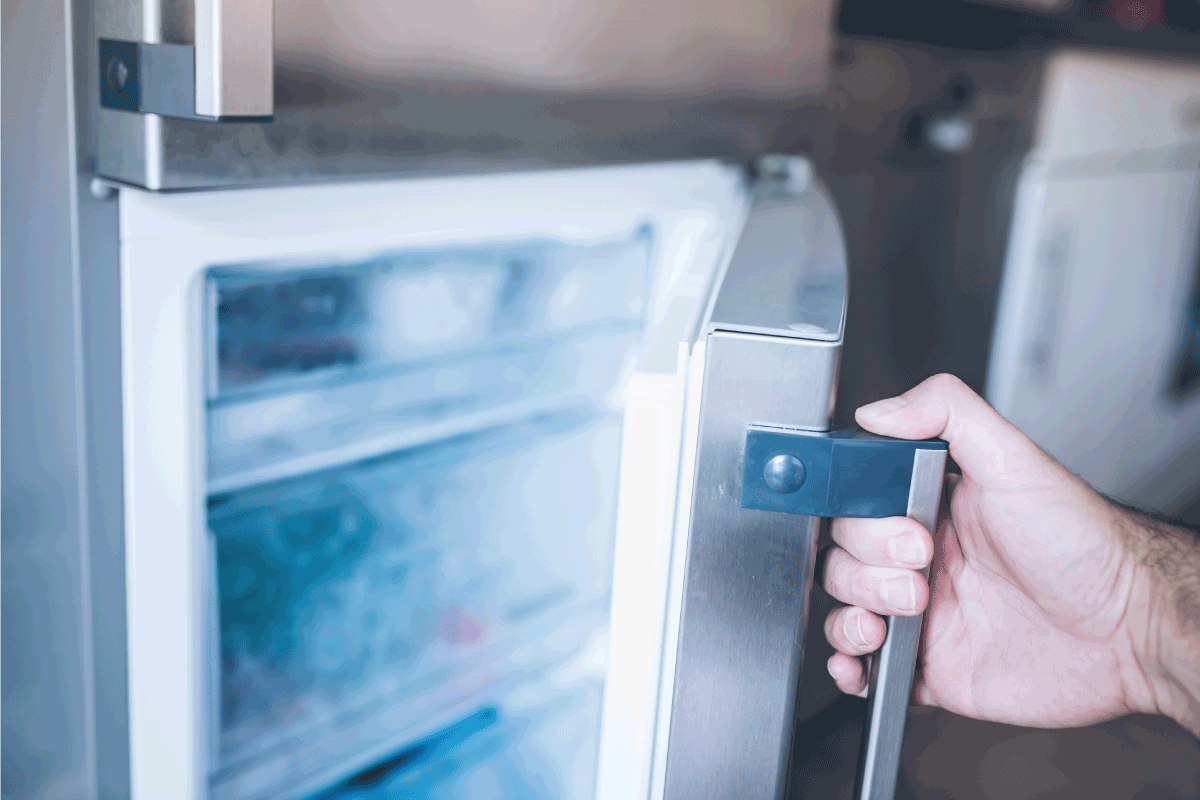
The cold in the refrigeration system is generated via creating a hot-cool cycle within. The parts responsible are the compressor, condenser, expansion valve, and evaporator. It starts in the compressor where the refrigerant is turned into a high-pressure gas. The high-pressured gas then goes into the condenser where, as it passes, the hot gas becomes a hot liquid.
Further reduction of pressure and temperature occurs in the expansion valve. This then results in converting the hot liquid back to its original state but in a cold form.
The cold refrigerant now enters the evaporator coils where heat exchange happens. The process is slower compared to the other parts as this is where the heat from the food inside is absorbed while the cold needed to preserve the food is pumped into the freezer. This heat exchange slowly converts the refrigerant back to a gas and the gas then flows back to the compressor.
Once the gas has found its way back to the compressor, one cycle has completed. The degree of usage (i.e. amount of food stored and frequency of door opening) determines how often the compressor functions.
Will I be able to tell if the defrost cycle is happening?
Some clues that may give it away include: a side of the freezer may feel warm and in some models, you may hear a sizzling sound as the freezer defrosts. Water condensing off the evaporators may be heard as gurgling sounds while swishing sound may be audible when multiple-speed fans ramp up during the defrost cycle. But these may be normal sounds of the defrosting cycle. Although the noise may be a tricky sign, a well-functioning freezer is a clue that the sounds you hear are part of the normal defrost process.
Clues that can make you suspect that sounds may not be part of the defrost cycle are the following:
- Ice at the back of the freezer
- Water leaking out
- Temperature too warm inside the freezer
- The freezer not functioning at all
Watch out when you notice any of the above signs. That means you need to have your freezer checked or replaced.
Do All Freezers Need Defrosting?
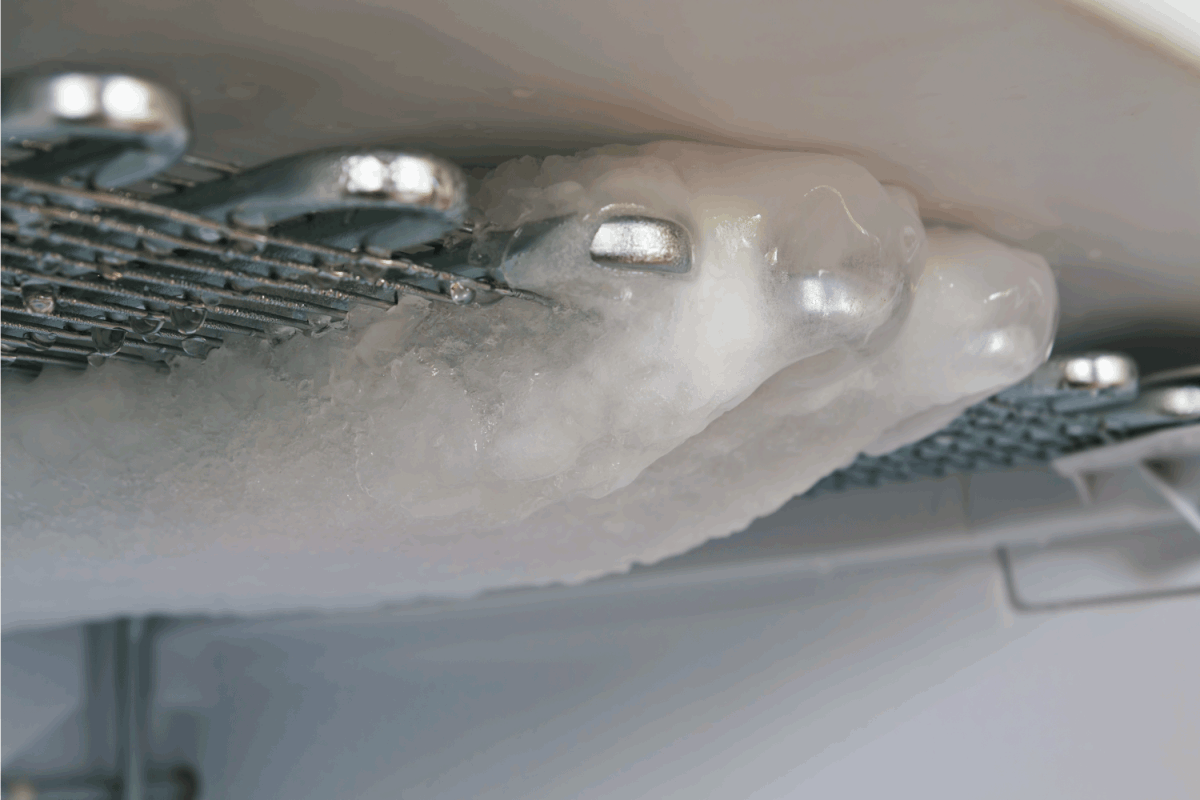
Defrosting is a requirement to keep your freezer in good shape and must be done on a regular basis. The manner and frequency of defrosting would vary on the type of your freezer.
Frost-free freezers can melt ice that builds up in the interior walls automatically while in automatic defrost models, you need to press a button for the defrosting cycle to start. For manual freezers, it is recommended to defrost at least once a year, and defrosting happens by manually turning off the unit, unplugging it, and waiting for the ice to melt.
Defrosting is also able to take care of the ice build-up that happens outside the freezer chamber especially on the evaporator coils. Ice buildup in the evaporator can impede the heat exchange whereby the cold remains outside the freezer compartment and the heat builds up inside. Other accumulated ice and fluids present in the surrounding metal components can also be removed through defrosting, which when left unchecked can cause rusting.
How Do You Know If Your Freezer Needs Defrosting?
Defrosting is called for when the ice buildup in the interior wall of your freezer is about ¼ to ½ inches thick. Other signs that signal the need to defrost would be drawers difficult to open, shelves not sliding properly or stuck freezer drawers, or difficulty in closing the doors.
How Long After Defrosting A Freezer Can You Put Food Back In?
For manual freezers, it may take about 4-12 hours to stabilize the temperature inside prior to putting food back in. During this time, the food should be maintained in ice coolers to ensure that food is kept in optimal condition. Or if you have backup freezers, transfer the food to the backup freezer instead.
In automatic defrost or frost-free freezers, the food remains inside as defrost happens sporadically.
Does a defrost cycle freezer cost more to maintain?
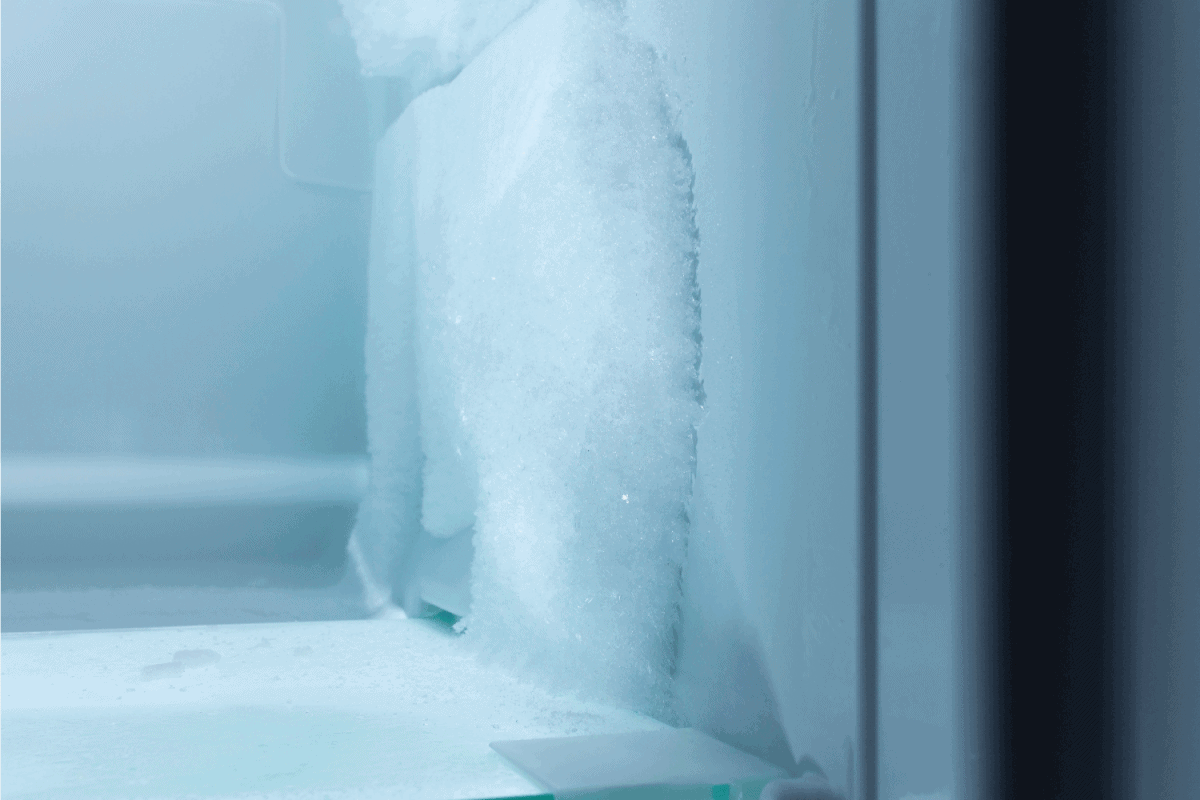
It might seem that more electrical current is used to maintain the freezer. It can, however, add just a little or even decrease the total energy consumption.
A big electricity user is a compressor since all cooling starts and ends in it. And for it to function efficiently, it needs to “breathe” into a system of rods that are free of blocks like ice. Defrosting can solve these barriers which in turn can lead to a compressor that needs to function less to maintain the needed temperature inside your freezers. Also, clean pipes facilitate heat exchange better, which in turn facilitates better internal freezer temperature.
With the introduction of inverter types of compressors, the addition of a defrost cycle does not add additional electrical use.
Final Thoughts
In today’s busy world, the defrost cycle is a wanted convenience. It provides a hassle-free way of ensuring that our freezers work at their utmost efficiency and maintain our food quality. Aesthetically, it can prevent food from sticking together as only the unwanted ice within the system gets thawed and not the food inside the freezer.
Condensation of extra moisture also prevents unwanted odors from building up. It does not only save you time but can also save you the needed personal and electrical energy in keeping your food preserved.

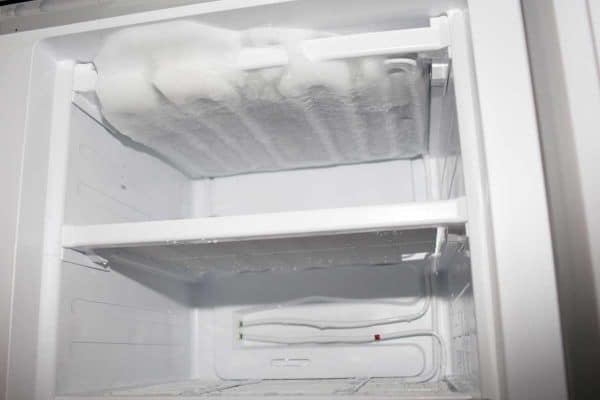
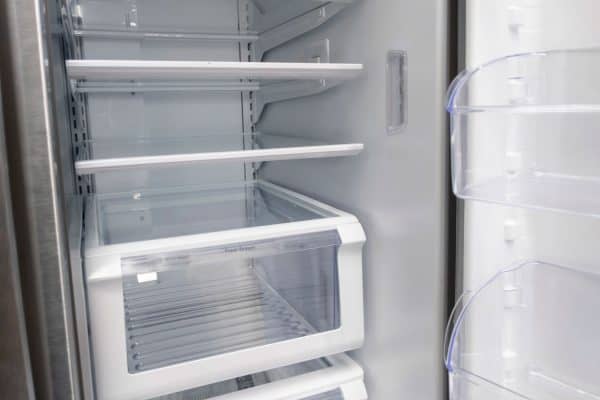
![Woman hand open plastic white container drawer in new refrigerator. How To Put A Freezer Drawer Back In [Inc. For Specific Brands]](https://forfreezing.com/wp-content/uploads/2021/09/Woman-hand-open-plastic-white-container-drawer-in-new-refrigerator.-How-To-Put-A-Freezer-Drawer-Back-In-Inc.-For-Specific-Brands-600x400.png)